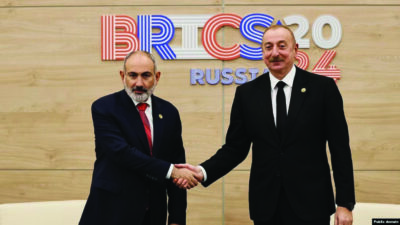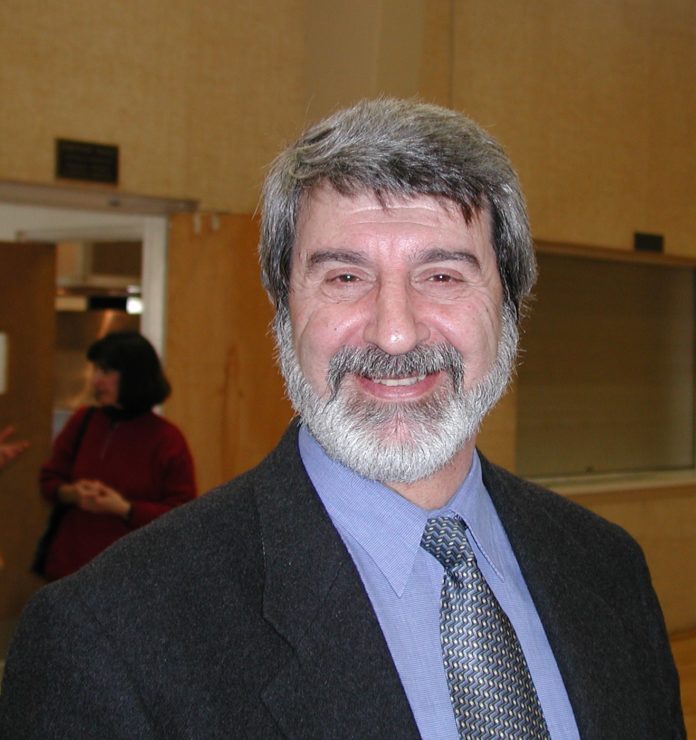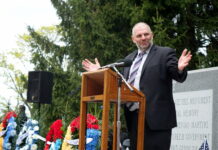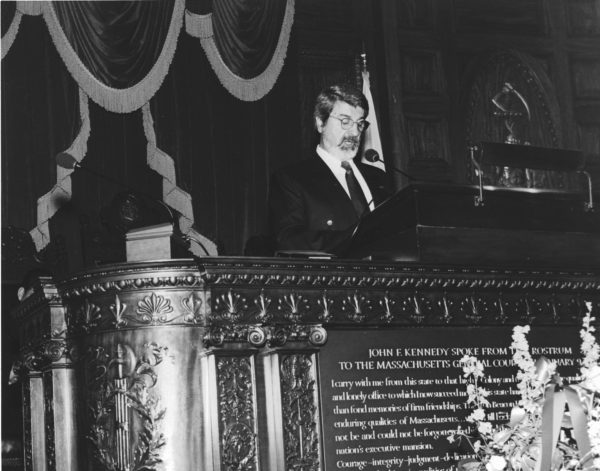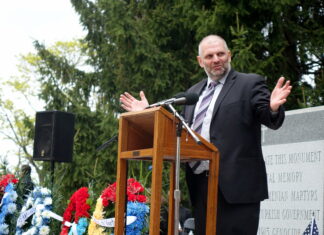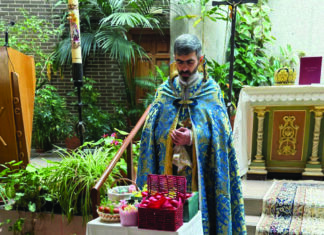ANN ARBOR, Mich. – Dr. Kevork Bardakjian retired and became an emeritus professor of Armenian languages and literatures in May 2020 after holding the Marie Manoogian Chair of Armenian Language and Literature at the University of Michigan, Ann Arbor for some 33 years. This is an opportune time to look back at some aspects of his career and his plans for the future.
In a 2011 interview in the Mirror, he discussed his childhood. Born in Beirut and raised in Aleppo and Damascus, he was greatly influenced by his father, an Armenian priest, to enter Armenian studies. His studies at Damascus State University, Yerevan State University and Oxford University provided him with formal training, and he received his doctorate from Oxford in 1979. While studying at Oxford he worked as the Armenian specialist at the British Museum. He began teaching at Harvard University as an instructor in 1974 and became a senior lecturer. He also worked as a bibliographer for the university library.
He left Harvard to become the first holder in September 1987 of the Marie Manoogian Chair, which Bardakjian said was established with him in mind. Ronald G. Suny was already the holder of the Alex Manoogian Chair in Modern Armenian History at the university and had started a program in Armenian studies. For seven years the two worked together in building up that program, organizing lectures, symposia, film festivals and musical events.
However, Suny left for the University of Chicago in 1994. Bardakjian said, “When he left, I took over as director of the program. On my request, the role of a director, to be appointed for three years by the director of the International Institute at the university, was defined and formalized, with various responsibilities and an executive committee to help.” Bardakjian organized many lectures and conferences through the Armenian Studies Program.
One major task was to fill Suny’s vacant chair at the university. Four scholars were invited as visitors to teach short courses (this journalist was one of them), and then there was a one-year appointment. After this Stephanie Platz was hired in 1997. She was followed by Jirair Libaridian, who in 2001 initially came to teach one semester a year for several years, and eventually was given a visiting professor appointment.
Meanwhile, Suny returned to the university and was an initiator of the Workshop on Turkish-Armenian Studies. He soon approached Bardakjian to participate, and the latter was encouraging. Bardakjian said, “My idea was to help impartial and openminded Turkish scholars and help Turkish denialism implode as a first step. In other words, without compromising on the Armenian Genocide, to bring in Turkish scholars.” However, he said that a disagreement in approach with the other organizers became evident, and specified: “My understanding was that their idea was of rapprochement.” He feared a watering down of the significance of the Armenian Genocide. Bardakjian participated in the inaugural workshop in Chicago in 2000, but soon left the group.
